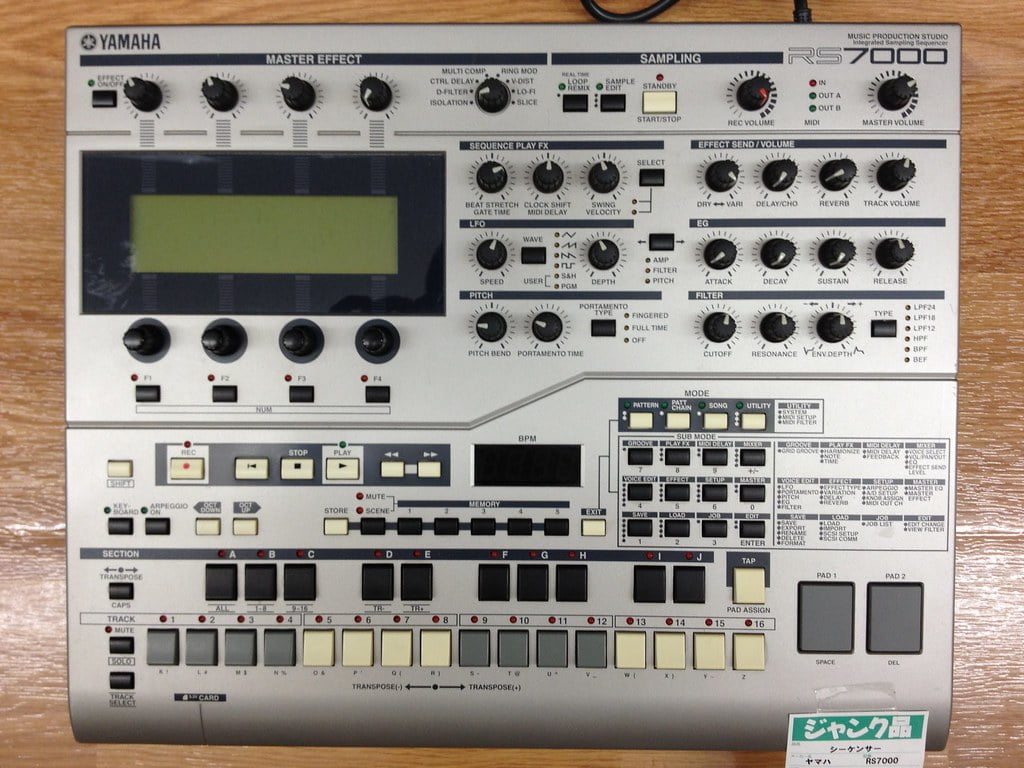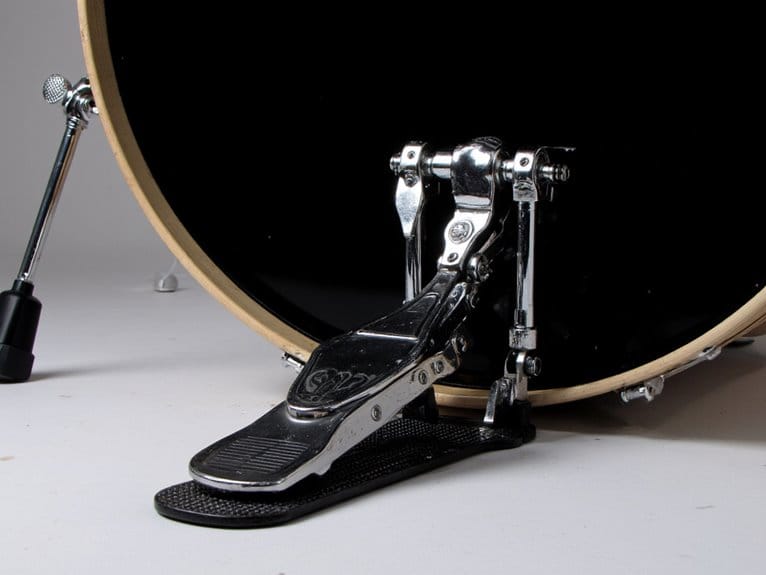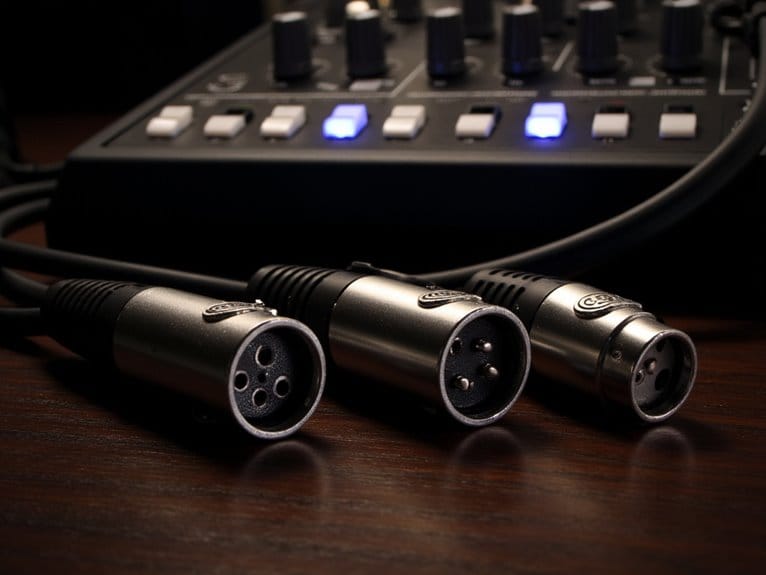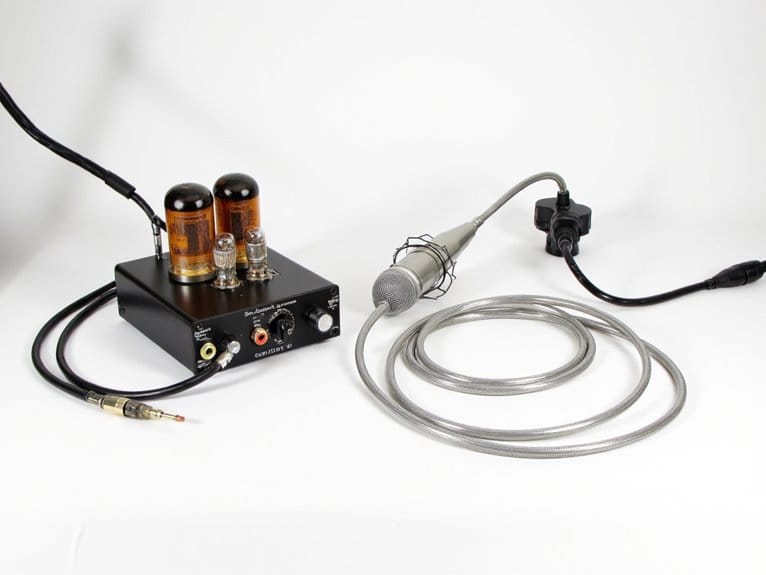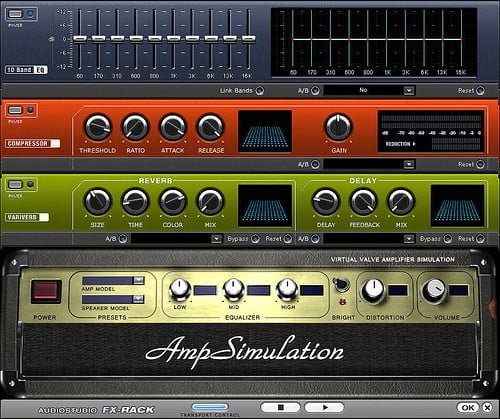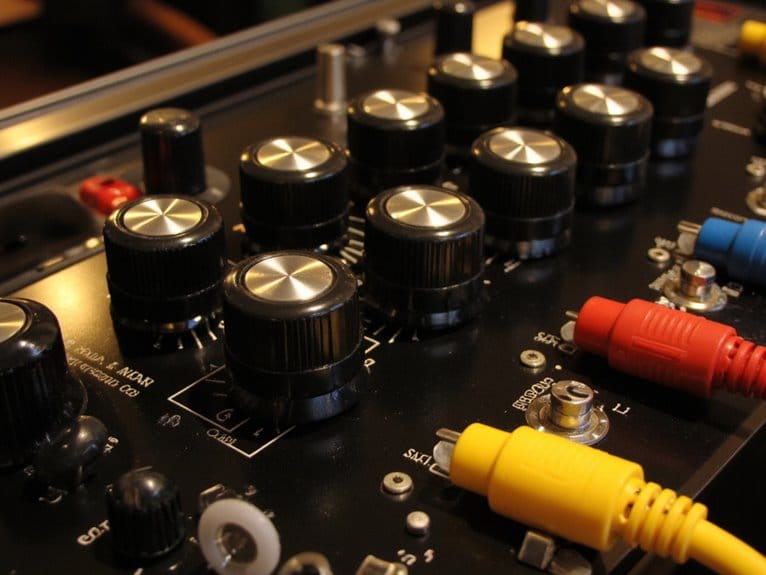Choosing a DAW for Music Production: Top Picks and Features
When it comes to selecting a DAW for music production, my top picks include Pro Tools and Logic Pro X for their powerful recording and editing tools. For those seeking advanced features like Dolby Atmos Support and Step Sequencer Functionality, these options excel. If user-friendliness is key, GarageBand, Mixcraft, or Reaper are great choices. Delving into budget-friendly options, Tracktion 7 and Audacity offer excellent features without the high costs. Consider platform compatibility, hardware considerations, and leveraging trial versions for the right fit. Trust me, choosing the right DAW is essential for unlocking your creativity and achieving professional results.
We are supported by our audience. When you purchase through links on our site, we may earn an affiliate commission, at no extra cost for you. Learn more.
Industry-Leading DAW Options
When it comes to industry-leading DAW options for music production, Pro Tools stands out for its powerful recording and audio engineering capabilities. Pro Tools has long been a staple in professional studios due to its robust features that cater to all stages of music production. Its recording functionality is excellent, allowing for pristine audio capture and manipulation. Additionally, Pro Tools excels in audio editing tools, providing precise control over every aspect of your sound.
While Logic Pro X offers a vast library of virtual instruments and advanced audio editing tools, Pro Tools shines in its recording capabilities. The seamless workflow of Pro Tools makes it a preferred choice for many engineers and producers who prioritize capturing high-quality audio efficiently.
In a competitive landscape where DAWs like FL Studio, Cubase, and Ableton Live offer unique strengths such as user-friendly interfaces, MIDI capabilities, and real-time performance features, Pro Tools remains a powerhouse in the domain of recording and audio engineering. Its reliability and precision in handling complex projects make it a go-to choice for professionals seeking a thorough toolset for music production.
Advanced Features and Capabilities
Exploring the state-of-the-art advancements in DAW technology reveals a realm of boundless creative possibilities and streamlined workflows for music producers and engineers. Here are some of the advanced features and capabilities that distinguish top DAWs:
- Dolby Atmos Support: Embrace the future of audio production with Dolby Atmos-powered spatial audio support, allowing for immersive and three-dimensional soundscapes in your projects.
- Step Sequencer Functionality: Effortlessly create intricate rhythmic patterns and sequences with intuitive step sequencers, perfect for crafting unique beats and melodies.
- MixConsole Enhancements: Experience enhanced mixing capabilities with features like Steinberg’s MixConsole, providing a thorough platform for precise control over your audio tracks and effects.
- VST Technology Integration: Open up a universe of sonic possibilities with VST technology, enabling seamless integration of virtual instruments, audio effects, and sound sources into your production workflow.
These advanced features, combined with functionalities such as MIDI controller support, extensive sound libraries, and AUv3 plugin compatibility, empower music creators to push the boundaries of their artistry and achieve professional-grade results. When choosing a DAW, considering these advanced capabilities can help elevate your music production to new heights.
User-Friendly DAW Choices
Immersing oneself in the realm of music production often leads to the quest for a user-friendly DAW that complements creativity with intuitive functionality. When it comes to user-friendly options, GarageBand is a standout choice for Mac users. Its straightforward interface and essential recording tools make it a go-to for those starting in music production. On the PC side, Mixcraft from Acoustica offers an intuitive layout that caters to beginners, allowing them to delve into music production with ease.
Reaper, developed by Cockos, is another DAW known for its user-friendly features and customizable interface, making it a valuable option for both beginners and advanced users looking for flexibility in their workflow. FL Studio, from Image-Line, is praised for its user-friendly interface and lifetime free updates, accompanied by extensive tutorials that aid in the learning process.
Ableton Live stands out for its seamless integration into live performances, fast music creation capabilities, and an intuitive workflow that appeals to both budding producers and experienced professionals. Whether you’re a Mac user or a PC user, these DAWs offer user-friendly interfaces designed to enhance your music production experience.
Budget-Friendly DAW Recommendations
For those looking for cost-effective solutions without compromising on functionality, exploring the realm of budget-friendly DAW options opens up a world of creative possibilities. Here are four recommendations that offer excellent features without breaking the bank:
- Tracktion 7 stands out as a free DAW offering unlimited audio and MIDI tracks, automation capabilities, and robust plugin support. It’s a great choice for those interested in immersing themselves in music production without the burden of cost.
- Audacity, an open-source DAW, provides users with multi-track recording, editing tools, and a variety of audio effects. Despite being free, Audacity is a powerful platform that can meet various music production needs.
- GarageBand is a fantastic option for macOS users, offering a wide range of virtual instruments, loops, and even music lessons for free. Its user-friendly interface and extensive features make it a popular choice among beginners and experienced producers alike.
- PreSonus Studio One 4 Prime is the free version of Studio One, a renowned music production software. It offers unlimited tracks, robust audio editing capabilities, and support for third-party plugins, making it a detailed yet budget-friendly option for music creators.
Compatibility and Hardware Considerations
Ensuring seamless compatibility between your chosen DAW software and hardware setup is paramount for maximizing efficiency and performance in music production. The operating system plays a critical role in this compatibility, with macOS and Windows being the most common platforms. When considering hardware, factors like CPU speed, memory capacity, and disk speed are essential for a smooth workflow. A powerful CPU guarantees that your DAW can handle complex tasks without lag, while sufficient memory allows for smooth multitasking and efficient project loading. Additionally, fast disk speed contributes to quick data access and project saving times.
When selecting an audio interface, pay attention to features such as channel count, preamps, and connection types. A higher channel count enables recording multiple tracks simultaneously, which is crucial for larger projects. Quality preamps are indispensable for capturing clean and detailed audio signals, enhancing the overall recording quality. Moreover, considering resolution standards is key to achieving professional audio recording quality, ensuring that your music sounds crisp and well-defined.
Having multiple headphone outputs on your audio interface can also be beneficial for collaborative work, allowing multiple artists or producers to monitor the audio simultaneously. By carefully considering these hardware considerations, you can create a setup that maximizes your DAW’s potential and enhances your music production experience.
Trial Versions and Experimentation
To truly understand the capabilities and nuances of different DAWs, nothing beats getting hands-on experience with trial versions. Here are four key reasons why experimenting with trial versions is essential in selecting the right DAW for your music production needs:
- Explore Features and Workflow: Trial versions allow you to dive deep into the audio features and workflow of each DAW, giving you a firsthand experience of how they operate and whether they align with your production style.
- Test Compatibility with Hardware and Plugins: Utilize free trials to test how compatible each DAW is with your hardware setup and favorite plugins. This hands-on approach can help you avoid potential issues down the line.
- Assess Learning Curve: By experimenting with trial versions, you can gauge the learning curve of each DAW. Understanding how intuitive and user-friendly a DAW is can have a significant impact on your productivity and creativity during music production.
- Compare Performance and Functionality: Through trial versions, you can directly compare the performance and functionality of different DAWs. This comparison is crucial in making an informed decision based on your specific music production requirements and preferences.
Leveraging Seasonal Sales and Deals
When hunting for the best deals on DAW software, seize the opportunity during seasonal sales to maximize your savings and enhance your music production toolkit. Seasonal sales and deals are prime times to snag discounts on popular DAW software like Pro Tools Intro, whether you’re looking for a digital recording solution, MIDI capabilities, VST plug-ins, or studio monitors. Keep an eye on Black Friday, Cyber Monday, and holiday sales, as well as subscription-based DAW promotions, for significant savings on your software purchases.
To make the most of these seasonal sales, stay connected with music production forums and websites where announcements on upcoming deals are often shared. These platforms can also provide insider tips on using promotional codes or taking advantage of bundled offers to stretch your budget further. By leveraging seasonal sales and deals, you can expand your software collection, access premium features at discounted rates, and gear up for your next recording project without breaking the bank. Don’t miss out on these opportunities to level up your music production setup while saving money in the process.

